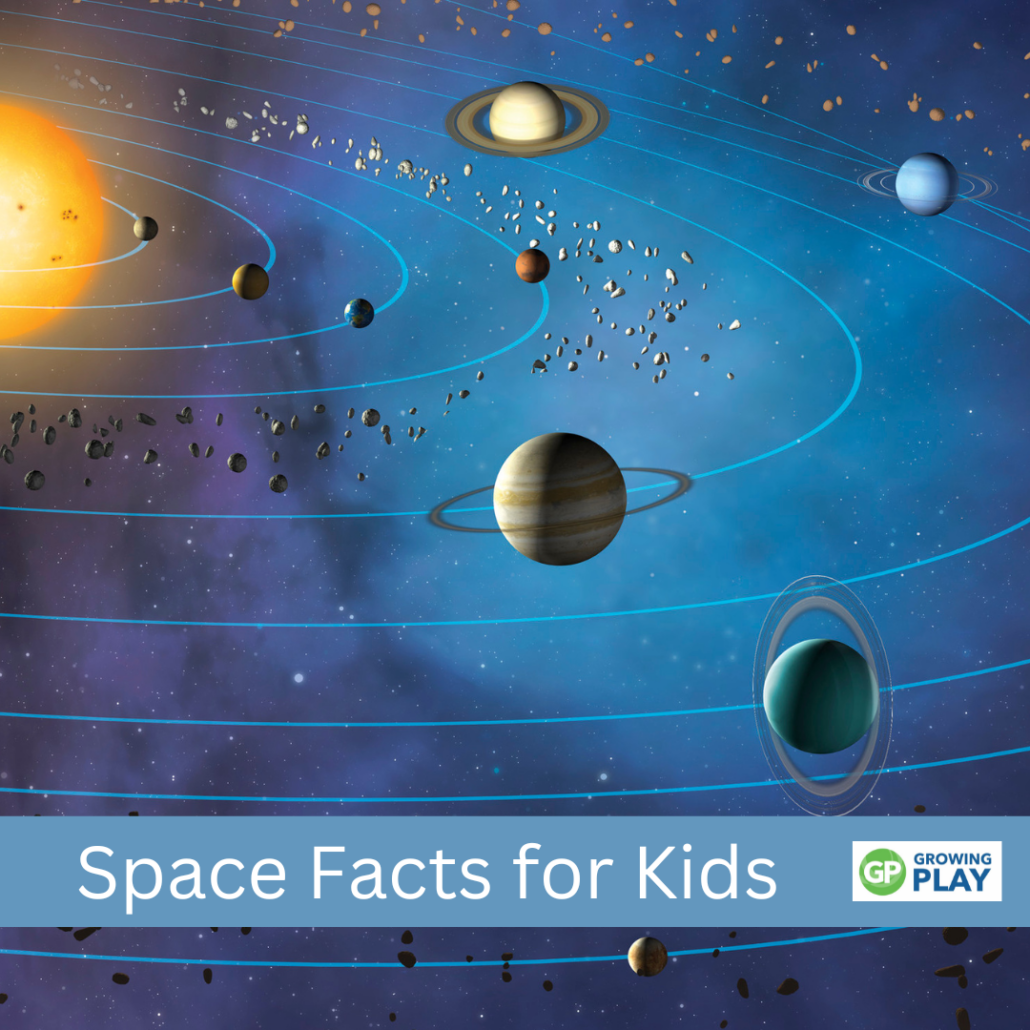Space Facts for Kids
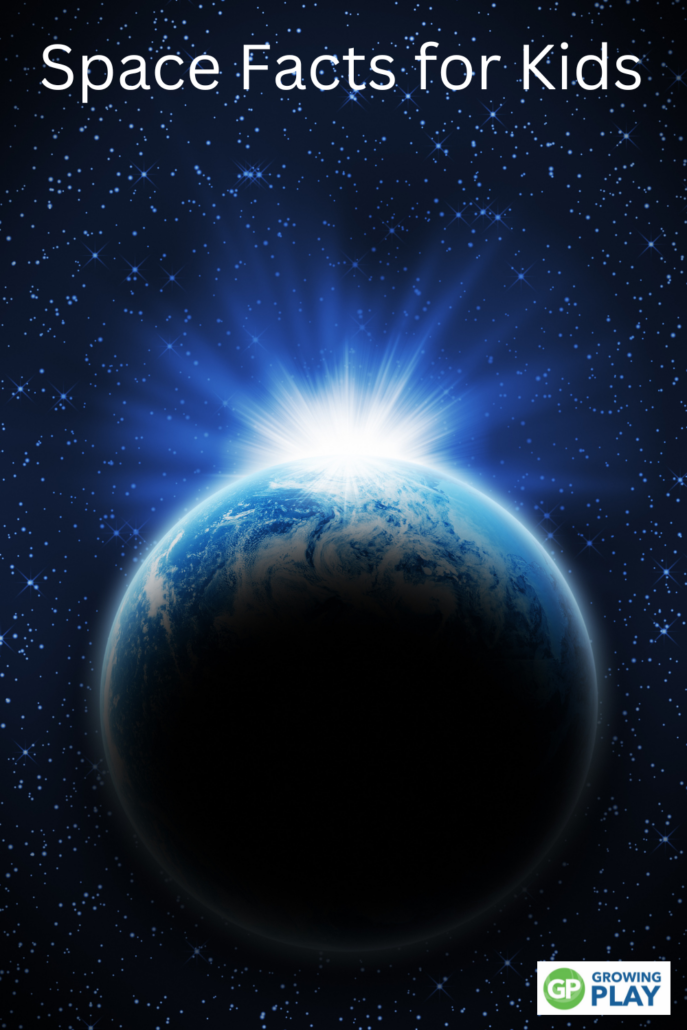
Welcome to the world of Space Facts for Kids! This article is filled with fascinating and fun facts about our universe that are perfect for children who are curious about outer space. From planets to black holes, we’ll explore interesting facts and amazing discoveries about our cosmic neighborhood.
When you are done reading these facts, be sure to check out this FREE Outer Space Word Search and Trivia printable activity.
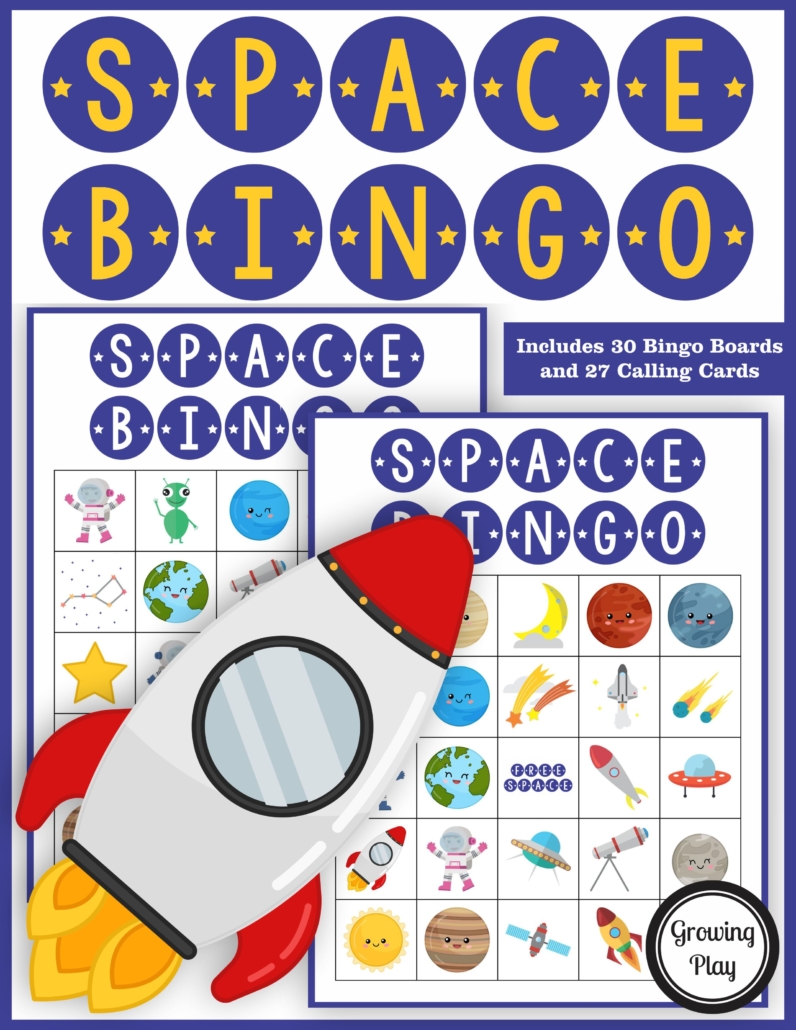
Space Bingo PDF Printable Game
The Planets in Our Solar System
The Hottest and Closest Planet: Venus
Venus is the hottest planet in our solar system, with an average surface temperature of 872°F (467°C). It is also the closest planet to Earth. Venus is covered with a thick layer of carbon dioxide, which traps heat and makes it unbearably hot.
The Red Planet: Mars
Mars, also known as the Red Planet, is the fourth planet from the Sun. It gets its nickname from the iron oxide (or rust) on its surface, which gives it a reddish appearance. Olympus Mons, the highest mountain in our solar system, is found on Mars and stands nearly three times taller than Mount Everest!
The Gas Giants: Jupiter and Saturn
Jupiter and Saturn are the largest planets in our solar system, known as gas giants. They are made mostly of hydrogen and helium and have many moons. Jupiter has the famous Great Red Spot, which is a giant storm larger than Earth.
The Dwarf Planet: Pluto
Pluto was once considered the ninth planet in our solar system but was reclassified as a dwarf planet in 2006 by the International Astronomical Union. It is located in the outer reaches of our solar system, beyond the orbit of Neptune.
Exploring Outer Space
The Hubble Space Telescope and the James Webb Space Telescope
The Hubble Space Telescope has been orbiting Earth since 1990, capturing stunning images of outer space and helping us better understand our universe. In 2021, the James Webb Space Telescope was launched to further explore the cosmos, providing even more detailed images and information.
The International Space Station (ISS)
The ISS is a human-made structure orbiting Earth at an altitude of around 250 miles (400 kilometers). Astronauts from various countries live and work on the ISS, conducting scientific research and experiments.
Space Exploration Milestones
In 1961, Yuri Gagarin became the first person to travel to space. A few years later, in 1969, Neil Armstrong became the first man to walk on the moon during the historic Apollo 11 mission. These milestones paved the way for future space exploration and inspired generations of people to dream of traveling to the stars.
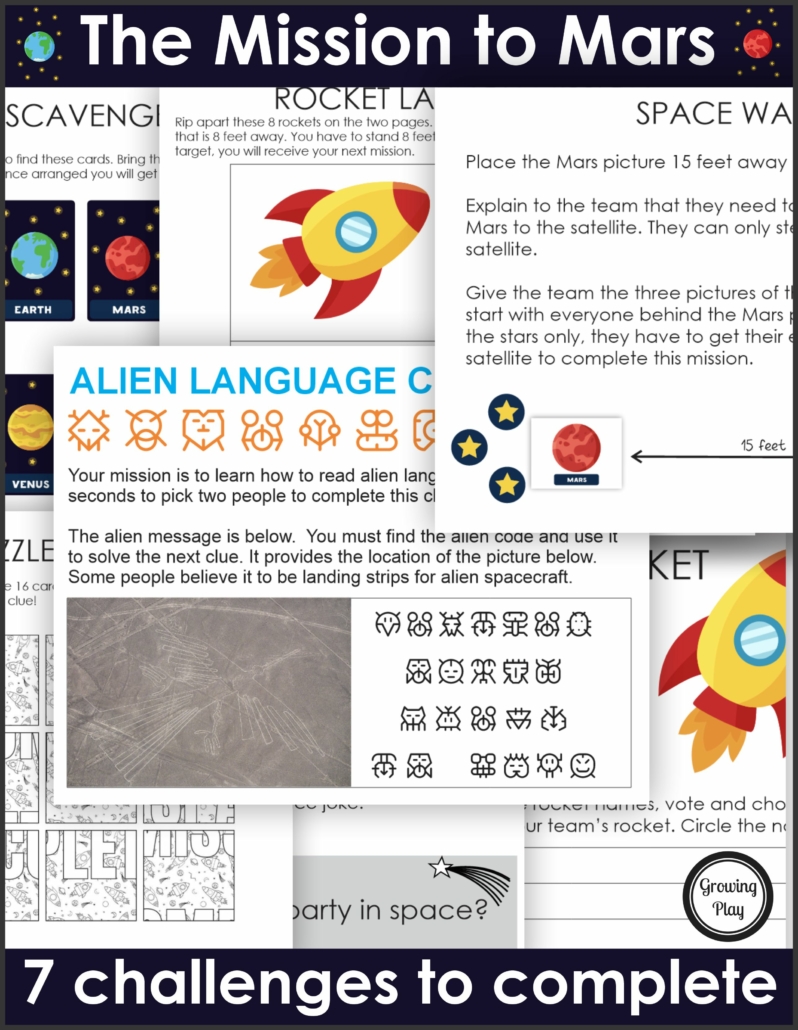
Space Escape Room
The Wonders of the Universe
Black Holes and Neutron Stars
Black holes are massive objects with gravitational forces so strong that not even light can escape. They are formed when massive stars collapse under their own weight after a supernova explosion. Neutron stars, on the other hand, are the incredibly dense remnants of massive stars that have exploded in supernovas but aren’t massive enough to form black holes.
The Milky Way Galaxy and Beyond
Our solar system is part of the Milky Way galaxy, which contains billions of stars, planets, and other astronomical objects. The universe is filled with countless galaxies, separated by vast distances measured in light-years. The known universe is estimated to contain more stars than there are grains of sand on all of Earth’s beaches.
Dark Matter and Dark Energy
Scientists believe that our universe is made up of about 68% dark energy and 27% dark matter, mysterious substances that we cannot directly observe but can detect through their effects on the movement and expansion of galaxies.
Fun Space Facts for Kids
A Leap Year on Earth
A leap year occurs every four years to keep our calendar in sync with Earth’s orbit around the Sun. It takes Earth approximately 365.24 days to complete one orbit, so we add an extra day to our calendar every four years to account for the additional 0.24 days.
The Blue Planet: Earth
Earth, our home, is the only planet in our solar system known to support life. It is often called the Blue Planet because over 70% of its surface is covered with water. Earth’s atmosphere, which contains oxygen and protects us from harmful types of radiation, is essential for life as we know it.
The Kármán Line: The Boundary of Space
The Kármán Line, located about 62 miles (100 kilometers) above Earth’s surface, is considered the boundary between Earth’s atmosphere and outer space. This line is named after Theodore von Kármán, a Hungarian-American physicist and engineer.
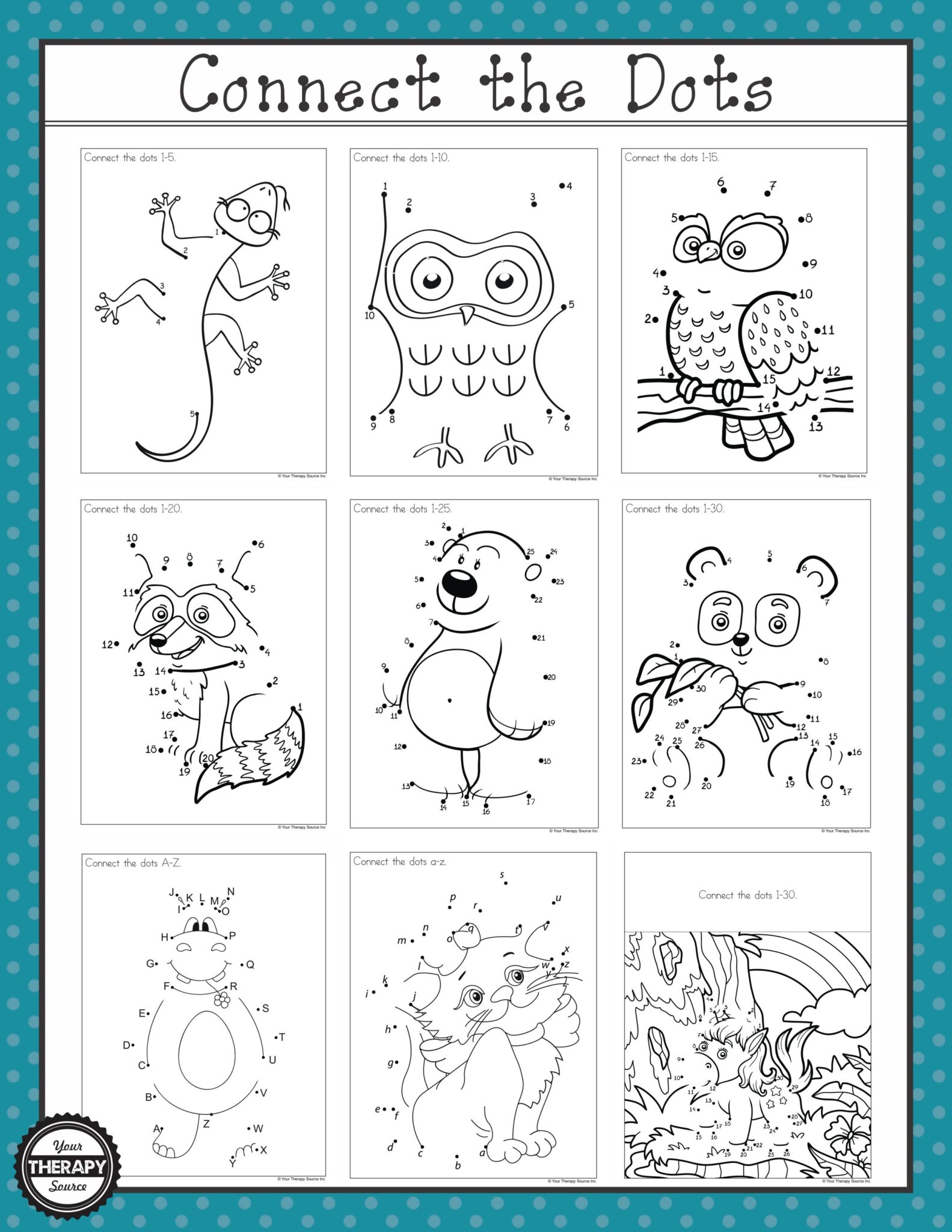
Connect the Dots – Easy to More Difficult
Saturn’s Rings: A Beautiful Sight
Saturn’s stunning rings are made up of countless pieces of ice, rock, and dust. Some pieces are as small as grains of sand, while others are the size of a car. The rings can be seen from Earth with a small telescope or even with the naked eye under ideal conditions.
Cancri E: A Planet of Diamonds
Astronomers have discovered a planet called Cancri E, located about 40 light-years away from Earth, which is believed to have a surface made mostly of diamond. This unique planet is about twice the size of Earth and has a mass eight times greater.
Light Travel: A Journey Through Space
Light travels at an incredible speed of about 186,282 miles (299,792 kilometers) per second. Light can travel around Earth 7.5 times at this speed in just one second! This is why we use light-years to measure the vast distances between stars and galaxies in the universe.
The Night Sky: A Celestial Show
The night sky is filled with bright stars, planets, and other astronomical objects that can be seen with the naked eye. Many ancient civilizations used the stars to navigate, tell stories, and keep track of time. Today, stargazing is a popular pastime for people of all ages who want to marvel at the wonders of the universe.
Summary Space Facts for Kids – The Universe is Full of Wonders
From our home planet Earth to the farthest reaches of outer space, the universe is filled with incredible facts and fascinating discoveries waiting to be explored. As we continue to send space probes and telescopes into the cosmos, we learn more about the mysteries of the universe and our place in it. We hope these space facts for kids have sparked your curiosity and inspired you to learn even more about the amazing world beyond our planet.
WANT MORE FUN FACTS FOR KIDS?
Check out these fun facts for kids here and browse all the other topics at the bottom of the post.
